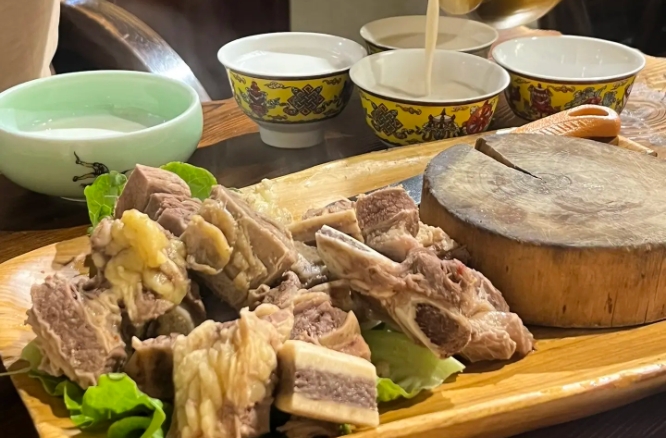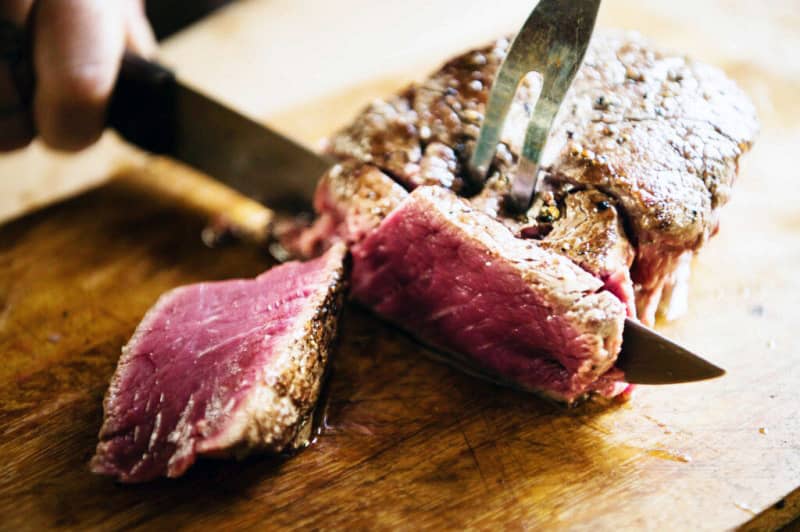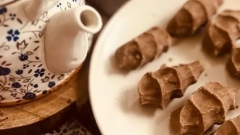Tibetan cuisine is as bold and fascinating as the land itself. Influenced by the harsh climate of the plateau, local dishes are designed to provide warmth, strength, and nourishment. Whether you’re dining in a cozy restaurant in Lhasa or sampling street food in Shigatse, Tibetan food tells stories of survival, spirituality, and hospitality. Here are the top 10 Tibetan dishes you must try to truly experience the flavor of the Himalayas.
1. Tsampa – The Essence of Tibetan Life
Tsampa, made from roasted barley flour, is the soul of Tibetan food. Locals mix it with butter tea by hand to form small dough-like balls. It’s simple, nutritious, and deeply symbolic—every Tibetan grows up eating it. You’ll find tsampa in restaurants and monasteries alike, often served with butter, sugar, or yogurt.

Tsampa
2. Butter Tea (Po Cha) – A Taste of the Plateau
Salty, rich, and unlike any tea you’ve tried before, butter tea is made with black tea, yak butter, and salt. It keeps people warm in the freezing Tibetan winters and provides essential calories at high altitudes. Many restaurants serve it alongside every meal—it’s not just a drink, but a cultural ritual of welcome and friendship.

Tibetan Butter Tea
3. Momos – Tibetan Dumplings Loved by All
No trip to Tibet is complete without a plate of momos. These steamed or fried dumplings are filled with minced yak meat, vegetables, or cheese. Served hot with spicy chili sauce, momos are perfect for both vegetarians and meat lovers. You can find them in every Tibetan restaurant, from street stalls to upscale eateries in Lhasa.
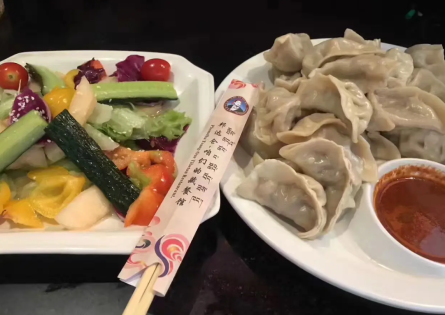
momos
4. Thenthuk – Tibetan Hand-Pulled Noodle Soup
This hearty noodle soup is a comfort food in Tibetan households. Thenthuk is made with hand-pulled wheat noodles, yak meat or beef, vegetables, and flavorful broth. It’s ideal for travelers adjusting to the altitude—warming, filling, and packed with energy.

5. Yak Meat Dishes – The Pride of the Plateau
Yak meat is a staple in Tibet, known for its lean texture and rich flavor. From yak steak to yak curry and dried yak jerky, each dish highlights local cooking techniques. Try yak meat with barley wine for the ultimate Tibetan dining experience.
6. Tingmo – The Fluffy Tibetan Bread
Tingmo is a soft, steamed bread similar to Chinese mantou but shaped like a flower. It’s often served with spicy curries or stew. In restaurants, it’s used to scoop up sauces and soups—delicious, light, and essential to any Tibetan meal.
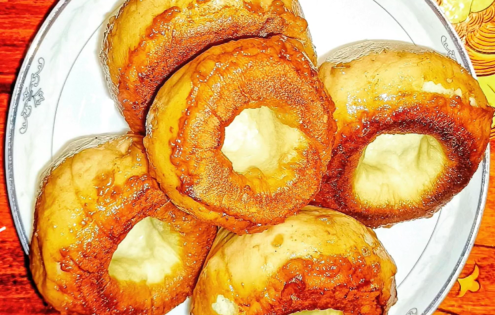
7. Shabaley – Tibetan Meat Pie
Shabaley is a fried pastry stuffed with spiced yak or beef, onions, and herbs. Crispy on the outside and juicy inside, it’s a favorite snack found in tea houses and street markets. Think of it as the Tibetan version of an empanada, perfect with butter tea or chili sauce.

8. Tibetan Yogurt – Fresh and Tangy Delight
Made from yak or cow’s milk, Tibetan yogurt (known as “sho”) is thick, slightly sour, and surprisingly refreshing. Locals often top it with sugar or honey. The best yogurt is homemade and served in small wooden bowls—a healthy treat after a long day of sightseeing.

9. Thukpa – The Winter Favorite
Thukpa is a hot noodle soup popular across Tibet, Nepal, and northern India. Tibetan versions are thicker and spicier, often made with yak meat, carrots, radishes, and garlic. In winter, thukpa warms both the body and spirit—many restaurants in Lhasa and Gyantse serve it as a staple dinner.
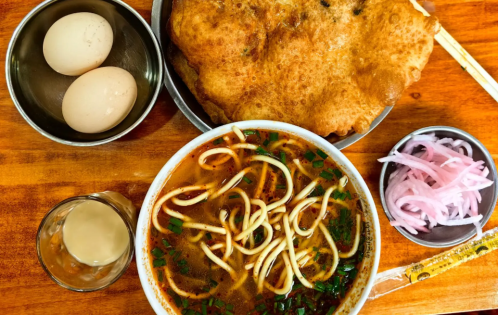
10. Chang – Tibetan Barley Wine
No Tibetan meal is complete without a toast of chang, a traditional barley-based alcoholic drink. Lightly fermented and slightly sweet, it’s offered during festivals, weddings, and even to guests as a sign of respect. Sip it slowly—it’s both a beverage and a cultural experience.
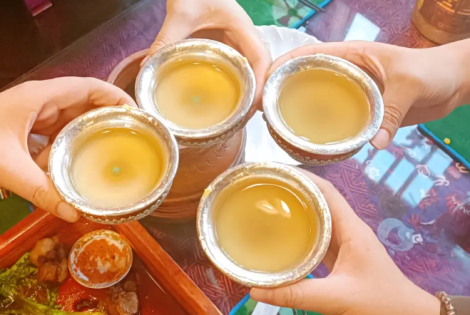
Where to Taste the Best of Tibetan Cuisine
Some of the best Tibetan restaurants can be found in Lhasa, Shigatse, and Nyingchi. Favorites include:
-
Tibetan Family Kitchen (Lhasa): Cozy and homestyle cooking with authentic flavors.
-
Lhasa Kitchen: Famous for its momos and yak meat curry.
-
Dunya Restaurant: Perfect for travelers seeking a blend of Tibetan and Western tastes.
Whether you dine in a rustic teahouse or a modern restaurant, Tibetan cuisine offers a journey through the region’s heart and history.
Conclusion
Tibetan food is more than just a meal—it’s a reflection of resilience, devotion, and life at the top of the world. Each bite carries the warmth of the people and the spirit of the plateau. So next time you travel to Tibet, let your taste buds explore as deeply as your heart.
For more travel inspiration and authentic Tibet tours, visit China Dragon Travel’s official website and start planning your journey to the land of snow and flavor.



